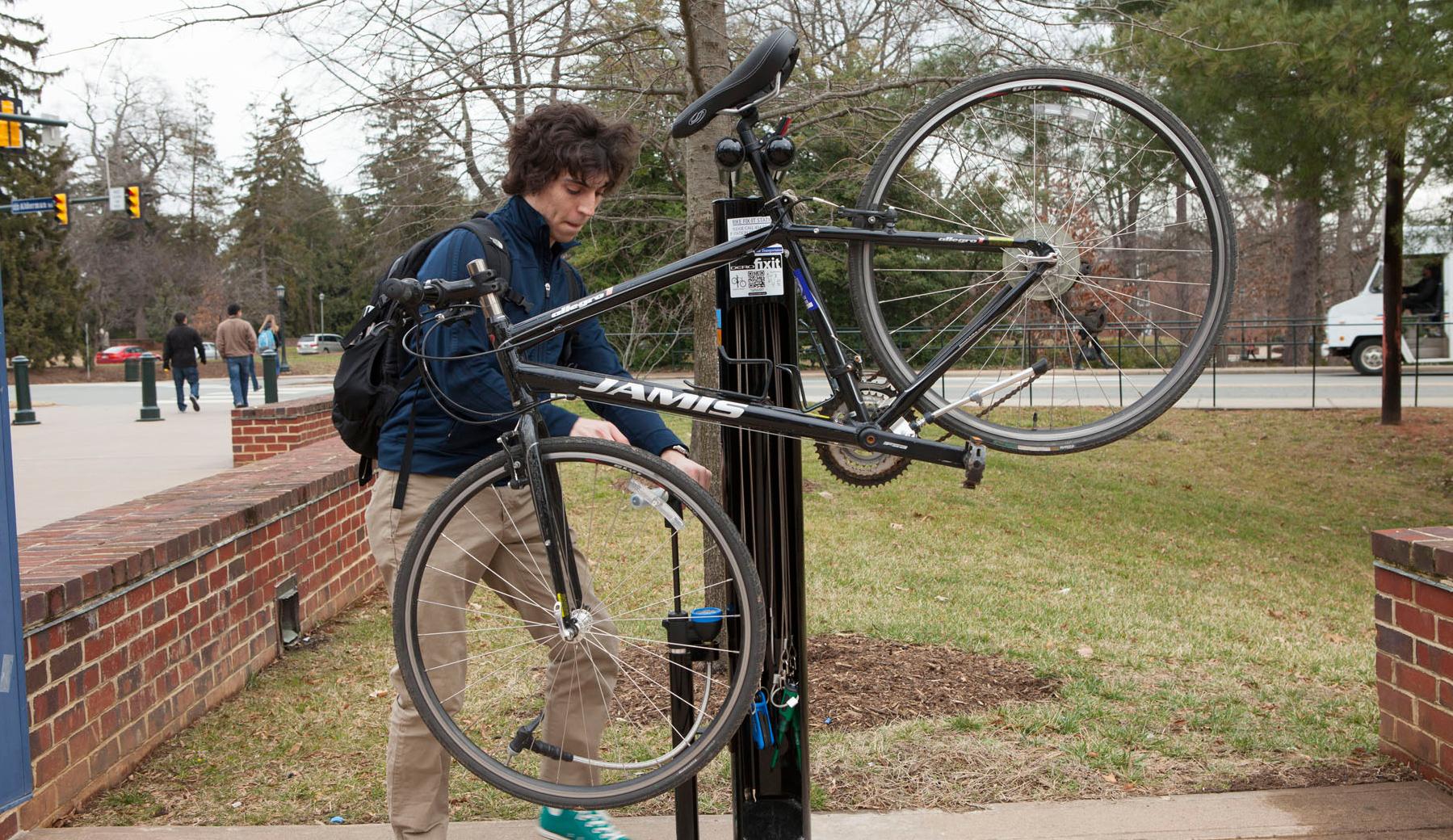W. K. Lis
Superstar
Like in Toronto, almost...
From Streetsblog USA, at this link:
From Streetsblog USA, at this link:
UPS Kicks Off Year-Round E-Trike Delivery Service in Pittsburgh
The company is starting with one trike downtown that can carry 300-400 pounds.
International shipping giant UPS is dipping a toe into pedal-powered delivery in American cities.
Last week, UPS began making deliveries using an electric trike in downtown Pittsburgh. It’s the first U.S. city with year-round UPS e-trike service, according to the Pittsburgh City Paper.
The company also tested e-trike deliveries in Portland during the holiday season last year. In both cities, UPS uses a vehicle made by Portland-based Truck Trike that provides a battery-powered assist.
UPS delivery service by e-bike has been common for several years in European cities, according to spokesperson Deanna Cain. In crowded urban contexts, the smaller vehicles can be more efficient, she said.
Pittsburgh was chosen for its narrow downtown streets, said Cain. “What’s nice about it in a downtown city like Pittsburgh, it can go in the bike lanes, when the bike lanes are widen enough,” she added. “It takes up less space, it’s quick and zero emissions.”
The program in Pittsburgh is small — just one trike that can carry 300-400 pounds. It remains to be seen whether UPS will scale up its use of trikes and get its bulkier trucks off the streets, but Cain said the company is looking to expand the practice in other American cities.
The company is starting with one trike downtown that can carry 300-400 pounds.
International shipping giant UPS is dipping a toe into pedal-powered delivery in American cities.
Last week, UPS began making deliveries using an electric trike in downtown Pittsburgh. It’s the first U.S. city with year-round UPS e-trike service, according to the Pittsburgh City Paper.
The company also tested e-trike deliveries in Portland during the holiday season last year. In both cities, UPS uses a vehicle made by Portland-based Truck Trike that provides a battery-powered assist.
UPS delivery service by e-bike has been common for several years in European cities, according to spokesperson Deanna Cain. In crowded urban contexts, the smaller vehicles can be more efficient, she said.
Pittsburgh was chosen for its narrow downtown streets, said Cain. “What’s nice about it in a downtown city like Pittsburgh, it can go in the bike lanes, when the bike lanes are widen enough,” she added. “It takes up less space, it’s quick and zero emissions.”
The program in Pittsburgh is small — just one trike that can carry 300-400 pounds. It remains to be seen whether UPS will scale up its use of trikes and get its bulkier trucks off the streets, but Cain said the company is looking to expand the practice in other American cities.











